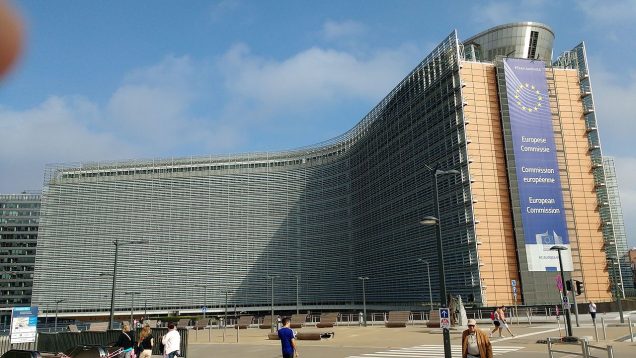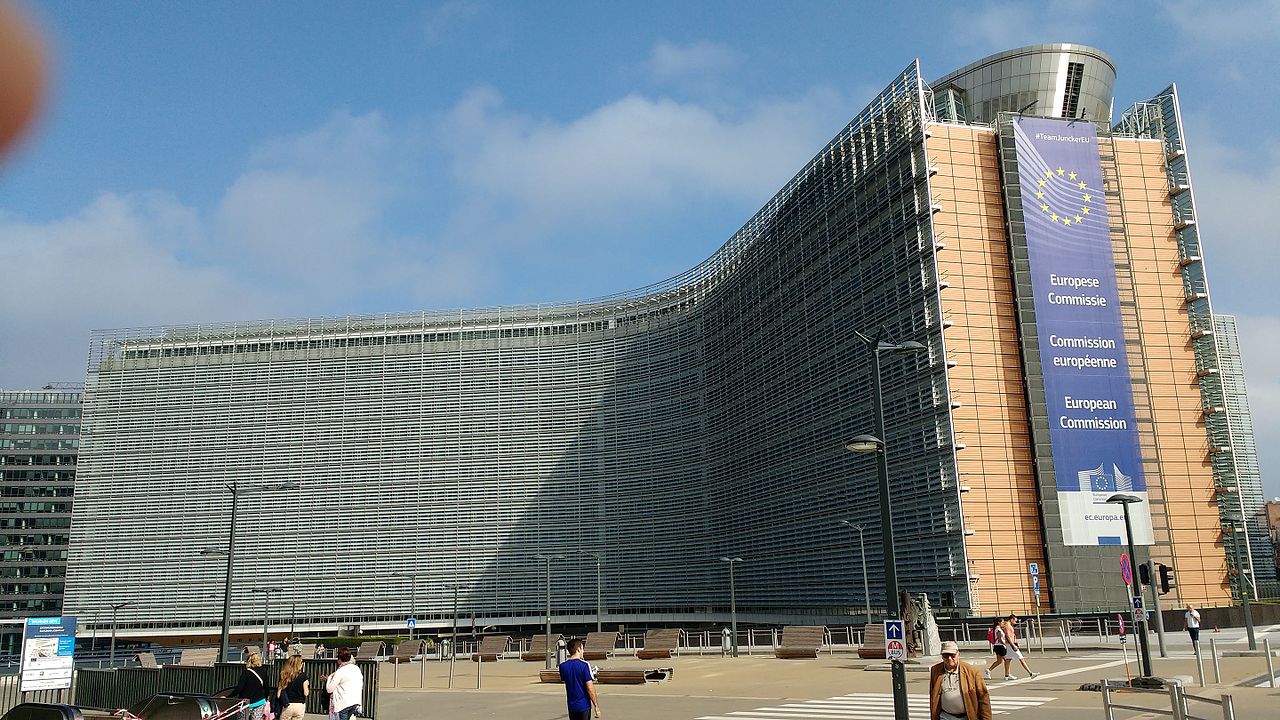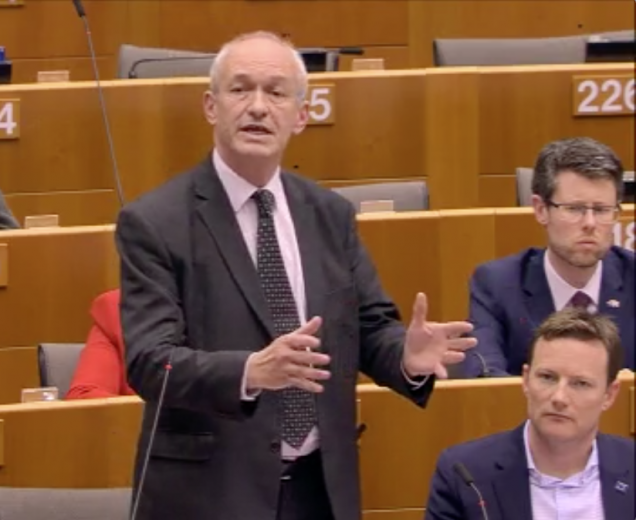There is much comment at the moment on how the EU goes about choosing the President of the European Commission, the EU’s executive/administration.
The procedure is as follows: the European Council (the elected PMs/Presidents from all EU countries) nominate the Commission President who then needs to secure a majority in the European Parliament to take office.
Compare with how the UK PM is appointed: the (unelected) Queen appoints a PM who takes office without a parliamentary vote (though a vote of no-confidence can be tabled at some point).
In both cases, the need to secure the backing of the elected parliament is the bottom line, but it is explicit in the case of the EU and implicit for the UK.
Perhaps it is only implicit in the UK because it is normally obvious who should be appointed. Usually, one party has a majority and its designated leader is the one that the Queen appoints. By contrast, at EU level, it is normal to have a “hung” Parliament, so the choice is not so clear cut. Parties do say in advance of the elections who they would like to see as President of the Commission, just as national parties do for PM in national elections, but whether one of them or a compromise is chosen is not automatic.
Take this time: the centre-right EPP (which the Conservatives used to be associated with, before they went off to create a new alliance of very right-wing parties) had chosen the Bavarian MEP Manfred Weber to be their candidate. The Party of European Socialists (to which Labour belongs) had chosen the Dutch former Foreign Minister, and current Vice President, Frans Timmermans. The EPP argued that, as they won the most seats, Weber should have first chance to build a parliamentary majority. The socialists said it is clear already that he can’t, and that Timmermans is far better placed to build a majority, including Greens and Liberals. Besides, he’s a far better candidate. Deadlock has ensued with some arguing for possible compromise candidates (something that also happens at national level, look at Italy with its current compromise PM).
The fact that the EU is taking time to resolve this issue is labelled by some as a great embarrassment, but it is likely to be only for a matter of a few days, not the year it took to find a new Prime Minister in Belgium in 2011!
As it happens, we will see now whether such delays and uncertainty might also arise in Britain. The UK frequently has mid-term changes of PM, where the governing party chooses a new leader and the Queen appoints him or her on the basis of that party’s decision. But this time, it might not be safe to assume that the party choice commands a parliamentary majority.
There are also interesting differences when it comes to appointing the rest of the executive. In Britain, the PM has pretty much free reign to appoint his/her ministers without further ado.
In the EU, the Commission President has to appoint a Commissioner from each country in agreement with the government of the country concerned. Then, like a PM, he distributes the portfolios. But then one crucial difference: before they take office, each candidate Commissioner has to appear before the Parliamentary Committee corresponding to the subject matter of their portfolio for a Public Hearing at which they are grilled as to their competence, views, and plans. Each time, for the last 20 years, some fail and are replaced or reshuffles.
It would be fascinating – indeed revealing – to see newly appointed British ministers do the same before Commons committees before they take office!







One Comment